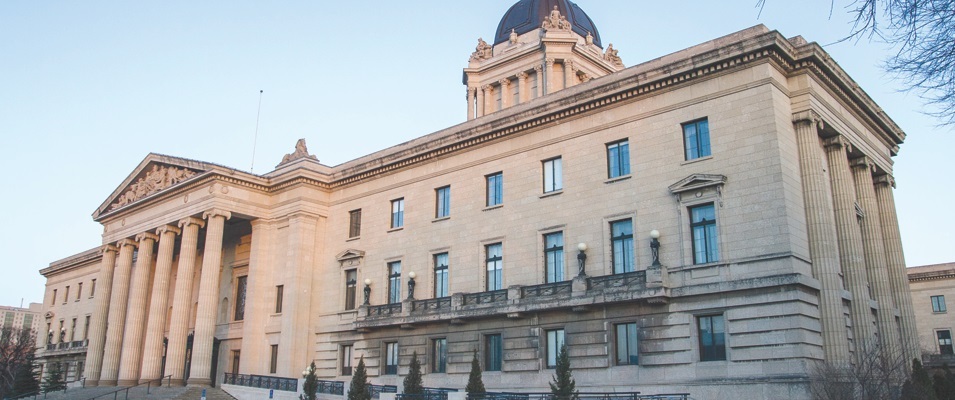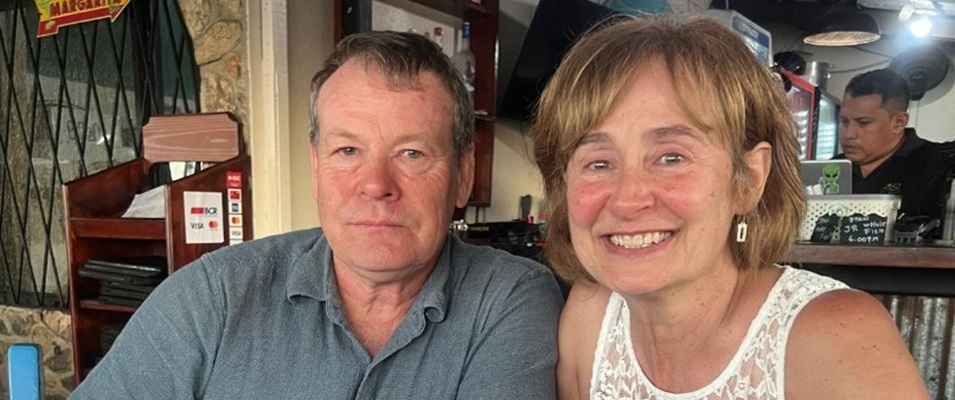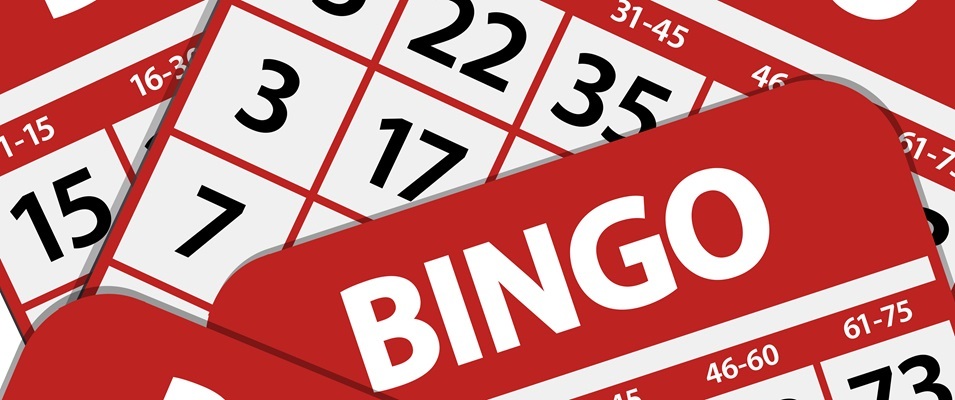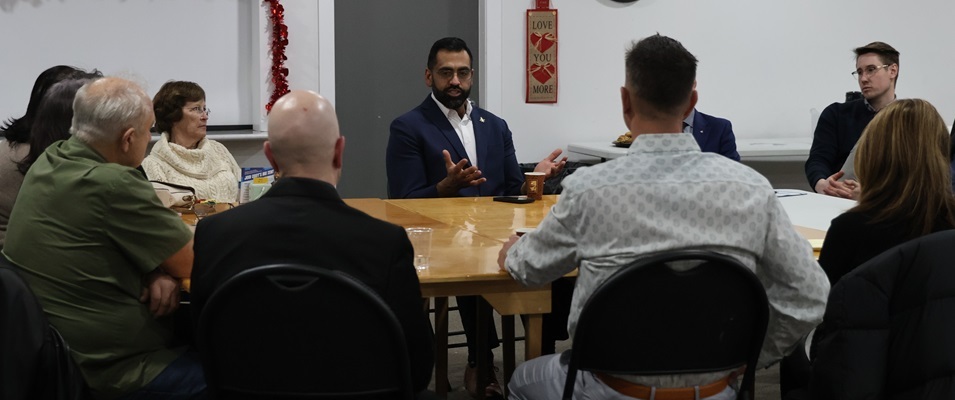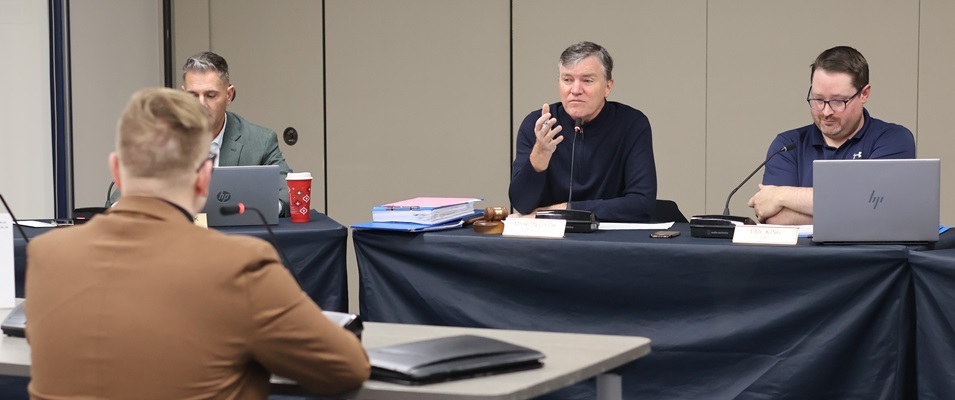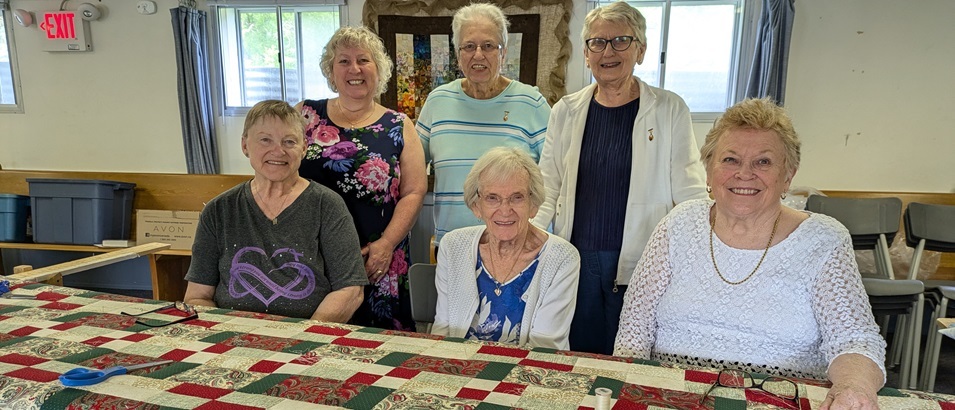
The Niverville United Church (NUC) quilting group has a long history of supporting fundraising initiatives, one stitch at a time. This spring, they were able to send some of that support overseas to Ukraine in the form of a quilt that sends a message of warmth, beauty, and courage to President Volodymyr Zelensky.
The Zelensky Quilt
The full-size, hand-quilted blanket is entitled “Courage V. Zelensky” and was created by a team of six experienced quilters who have gathered to make quilts for an average of forty years.
The quilt destined for Ukraine took a few months to create, with most of the quilting being done by Joan Rempel, who took it home to work on it in her spare time.
“Putting it together was easy. I did that probably in two or three days,” says Roz Krahn, spokesperson for the quilting group. “It was a summer project because we quit quilting here for the season. So she took the quilt to her place, put it in one of those loops, and hand-quilted it. It probably took her most of the summer.”
The quilt features a blue and bright yellow triangle border with a scene of a wolf standing in the rocks at the edge of a dark forest. A wolf is a symbol of cunning and power. The group wanted the wolf to convey support for Zelensky’s strong leadership.
The time spent on the quilt helped the women focus their intent: to show support for the people of Ukraine. Manitoba has the densest population of Ukrainian descendants of all the Canadian provinces.1
This rich history has led to a new influx of immigrants coming to Manitoba from Ukraine since the onset of the Russia-Ukraine War.
Krahn herself claims 100 percent Ukrainian heritage and felt a strong impulse to use her skills in fibre art to send a public message to the country her ancestors came from.
“There is symbolism in the quilt,” says Krahn. “It did turn out nice after it was done. I love the fur, you know. [Rempel] went down each hair, in particular, so the threads of the quilt draw attention to the fur… and the fur is just beautiful.”
The back of the Zelensky quilt is flannel, which Krahn says isn’t typical. A quilt is usually dense due to the nature of its construction and flannel makes it extra warm. In this case, that is exactly what the group wanted.
“You don’t usually put flannel, but my idea was that this poor president is working so hard that I’m sure he’s not sleeping well,” she says. “So I thought he could just put this around himself and have a little nap in the middle of the day, in his office or whatever. Yeah, so is that going to happen? Who knows? But anyway, that was my idea.”
The final result was a tribute the group is proud to have sent overseas, although they are still waiting to hear if the blanket has reached its final destination.
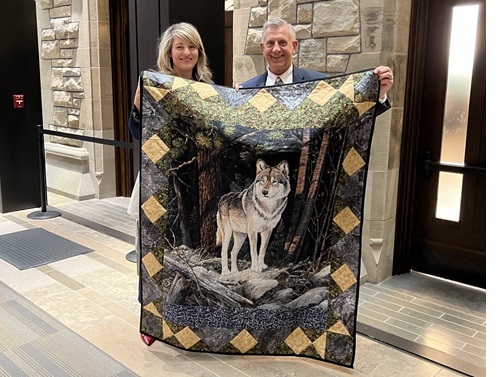
The Quilt’s Journey
The NUC packaged the quilt in a flour sack, which they addressed to the Ukrainian parliament. They dropped it off earlier this year at the constituency office of Ted Falk, local MP for Provencher. From there, an assistant took the quilt to Ottawa and hand-delivered it to Falk and Mélanie Joly, Minister of Foreign Affairs.
Falk and Joly were able to remove the quilt and show their appreciation for the handiwork of the NUC quilting group. They then placed it back in the sack in preparation for Joly’s trip to Ukraine.
Joly headed to Kyiv in February 2024 to mark the end of the second year of Russia’s full-scale invasion of Ukraine. With the NUC’s quilt in her possession, she marked a moment of silence in front of a national landmark. She then took the quilt to Parliament and handed it off to President Zelensky’s security team.
“And that’s all we know! Did he get it? We don’t know. But we know his security team did,” says Krahn. “And so that is sending a message from Canada, from Canadians to Ukraine, that we are behind them. We are supporting them. And encouragement to be strong. The name of the quilt is Courage. Have courage and be strong.”
A Legacy of Crafting Community
The NUC may be the oldest building in Niverville. It was built in 1907 by a Presbyterian congregation and was utilized by two different Mennonite groups before the United Church of Canada acquired it in 1987.
The United Church group has a history of quilt-giving that harkens back to 1905. The current group includes Kris Church, Pat Tetlock, Gloria Nicol, Joan Rempel, Susan Friesen, and Roz Krahn. They have all been members for 29 to 57 years.
“So the tradition’s been going on since 1905, at least, but there’s no original members left,” says Krahn. “Can’t possibly be! Oh my goodness, so that group has continued with new members, but it’s never ended.”
The group has gathered for local opportunities to minister in other ways as well, preparing the church for weddings, funerals, and other community events, making and serving food, and cleaning up afterward.
The quilts, by comparison, are created to be seen and remarked upon.
One quilt can raise hundreds or even thousands of dollars. It’s common to raffle a quilt to support fundraising for personal care homes or other not-for-profits, like the Ronald McDonald House.
The group’s efforts fall under the United Church’s initiatives of Mission and Service, which raises money for education, charity, and relief efforts.
So while Krahn acknowledges that it’s a worthwhile pursuit from a fundraising perspective, the women are also facilitating community.
“Fellowship, we call it,” says Krahn. “It is fundraising. It is also fellowship. It can be hard to find—and when we gather, we gather for the art we enjoy. And it raises money, yes. But we also get something out of it.”
Many hands make light work and the group admits that they could use a few more hands. It doesn’t matter if a person has sewing experience or not.
“Us quilting ladies, it used to be quite a few more. Just show up is all we need. No experience. You will soon learn how to sew a straight seam on a sewing machine. We don’t get fancy.”
Despite the humble claim, Krahn explains the process involved in creating a particularly intricate quilted wall hanging she helped bring together under the mentorship of a fabric art studio in the United States. The finished piece has a border that’s a few inches wide with a design in the middle made with vibrant colours spanning all the shades in the colour wheel. The small fabric segments, of which there are nearly a thousand, are barely two inches square and then quilted with ranging curves of threaded lines.
“This is actually showing you the five shades of colour,” she says. “Dark, medium dark, medium, dark light, and light. [The teacher] dumps all these little pieces on our table and we have to sort them. It’s the sorting [that’s difficult], but the sewing was easy. It’s the sorting. You make little piles and number them. And then? It’s quilted, of course.”
The result is a type of fibre handicraft that Krahn says can definitively be called art.
“Quilts are not just functional, like for warmth. No, no. These are art pieces. Fibre art.”
When the COVID-19 pandemic hit, the NUC quilting group took a rare hiatus. Getting back into the habit of meeting together has been difficult, but the group says it is so worth it.
And while handicraft knitting and crochet saw a surge in popularity during the lockdowns, the women say that quilting is more of a group activity. It has been harder to see it catch on with a new generation.
“With quilting, you have to get together. We couldn’t do this during COVID. COVID was a real bummer. And once people leave, then to bring them back, that’s hard to do.”
The culture of quilting can still be found in larger organizations, like the Manitoba Prairie Quilters, Quilt Manitoba, or Canadian Quilters Association. Krahn says that anyone interested in fibre art should check out their upcoming summer shows in Kenora, Holland, and Selkirk.
“These are the people that are the experts,” Krahn says. “If you see the quilts they do, it’ll just blow your mind.”





